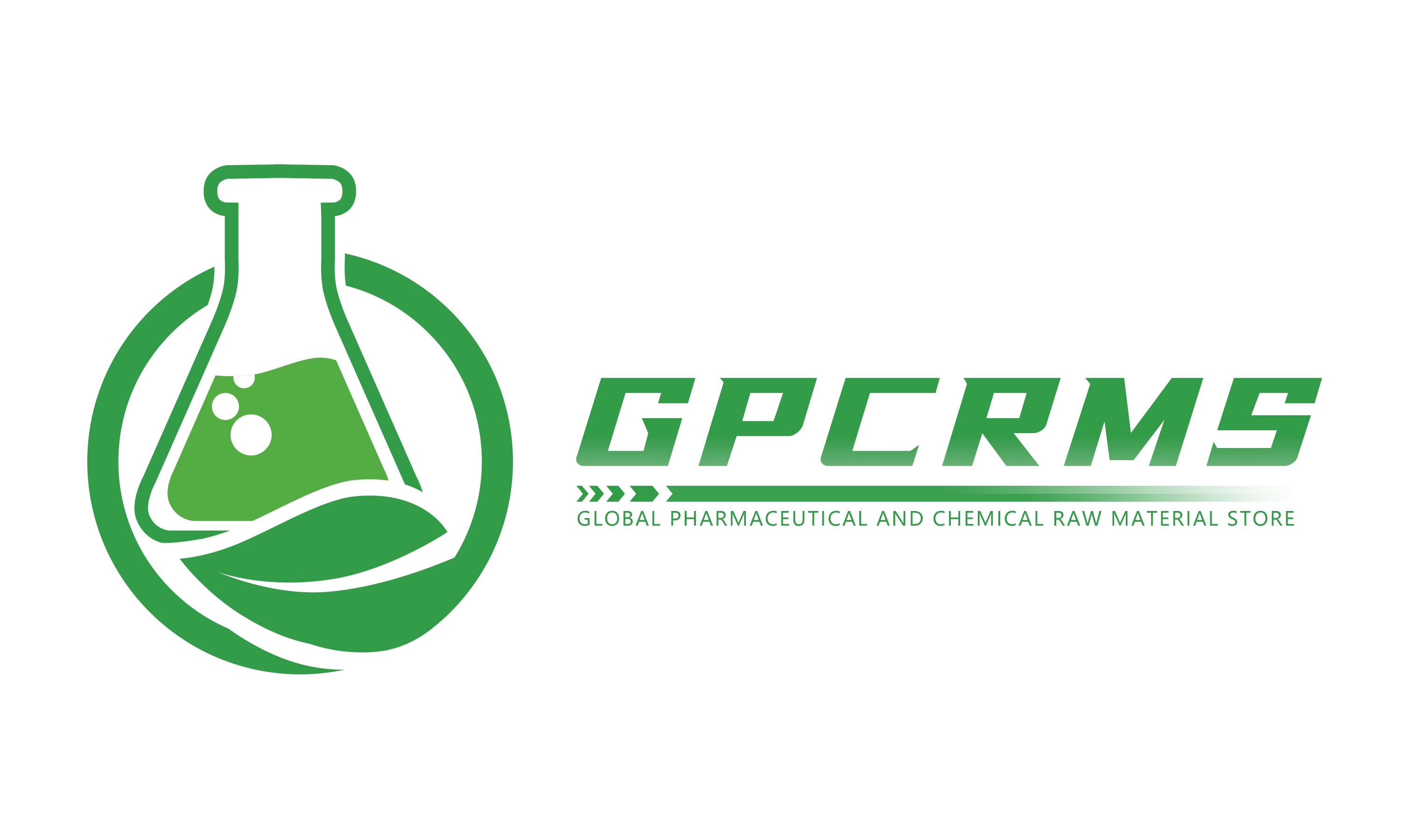Solubility Test of MK-2866 Ostarine in Ethanol
The second solvent we’re going to test is ethanol.
Ethanol is one of the commonly used polar organic solvents, known for its moderate dissolving ability. MK-2866 (Ostarine) is a selective androgen receptor modulator (SARM) that has drawn widespread attention for its muscle-building and muscle-preserving properties. This experiment aims to evaluate the solubility of MK-2866 in ethanol by gradually increasing the amount of solvent and observing the dissolution behavior to better understand its solubility characteristics.
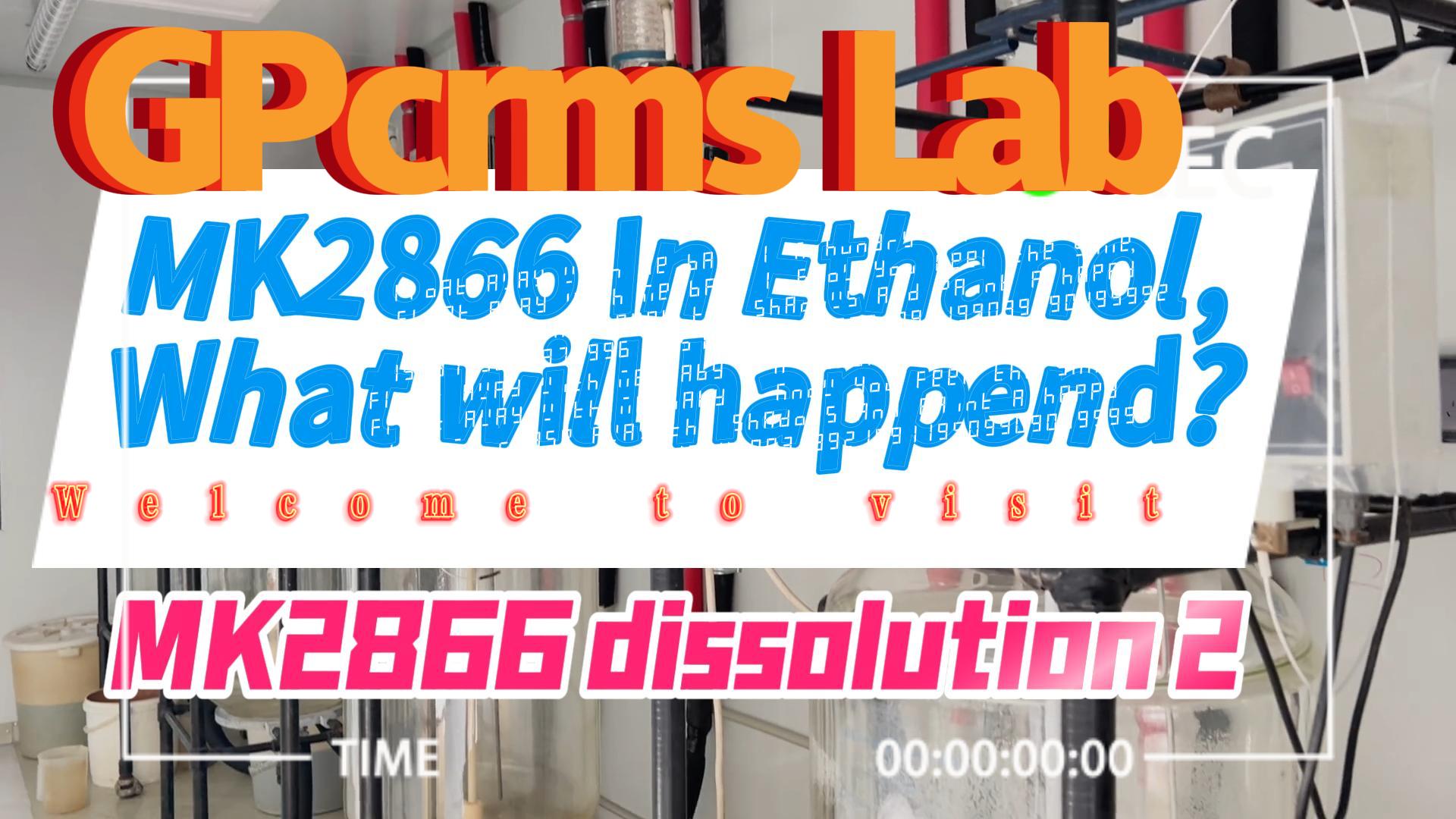
Materials: MK-2866 powder 1 gram and Solvent ethanol
Equipment:Electronic balance,Glass beaker (100 ml),Stirring rod
Experimental Procedure
Step 1: Weigh 1 gram of MK-2866 powder into a beaker. Add 1 ml of ethanol and stir. Observe the dissolution state.
Step 2: If the sample does not fully dissolve, add another 1 ml of ethanol (total 2 ml). Stir and record observations.
Step 3: Increase the ethanol volume directly to 5 ml, stir, and observe again.
Step 4: Further increase the ethanol to 20 ml. Stir thoroughly and let sit for a few minutes. Observe the state of the solution.
Observations & Results
1 ml Ethanol Test:
As before, we add 1 ml of ethanol to 1 gram of MK-2866 powder.
After adding the ethanol, the mixture turns into a milky-white suspension. It’s clear that the solvent is not sufficient.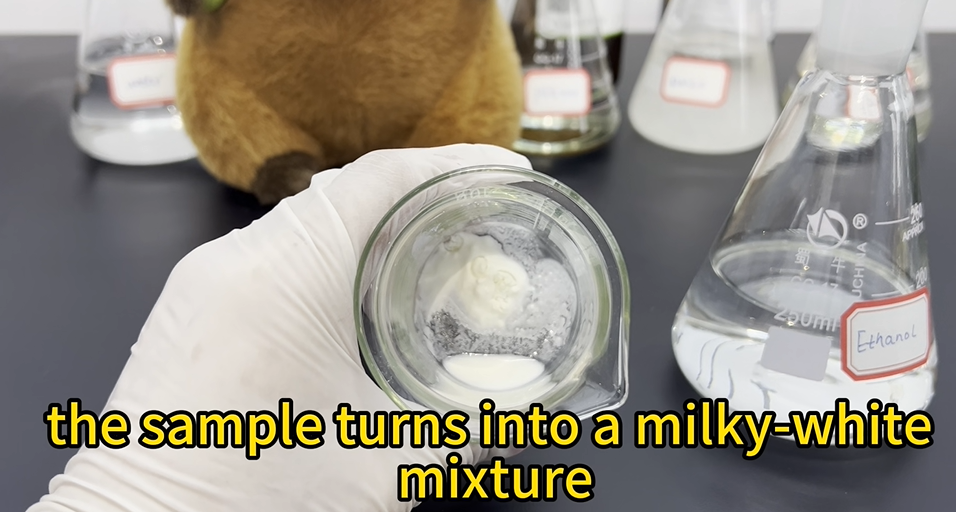
2 ml Ethanol Test:
Next, we increase the ethanol to 2 ml.
Still, there is no visible change. The solution looks almost identical to the 1 ml test.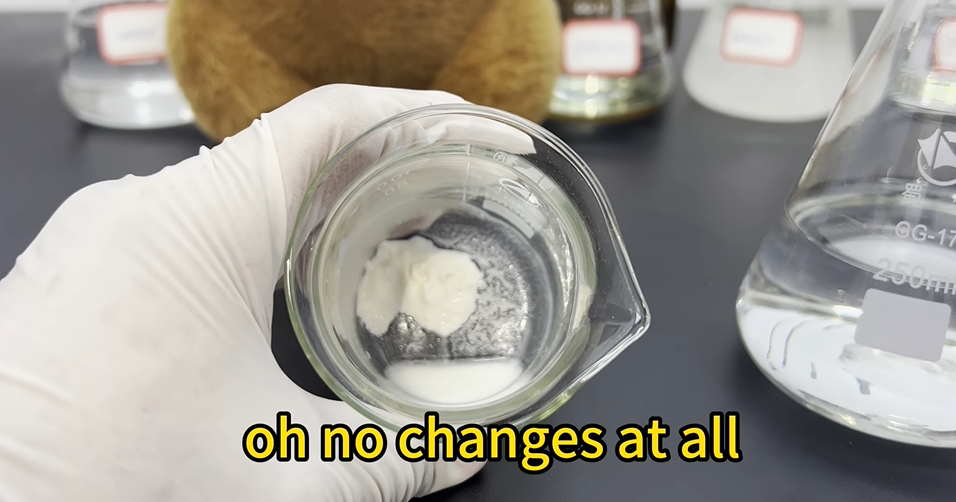
5 ml Ethanol Test:
Now we jump to 5 ml. Can you guess what happens?
After stirring well, the result is unmistakable: there’s still no sign of full dissolution. The liquid remains milky, with no transparency.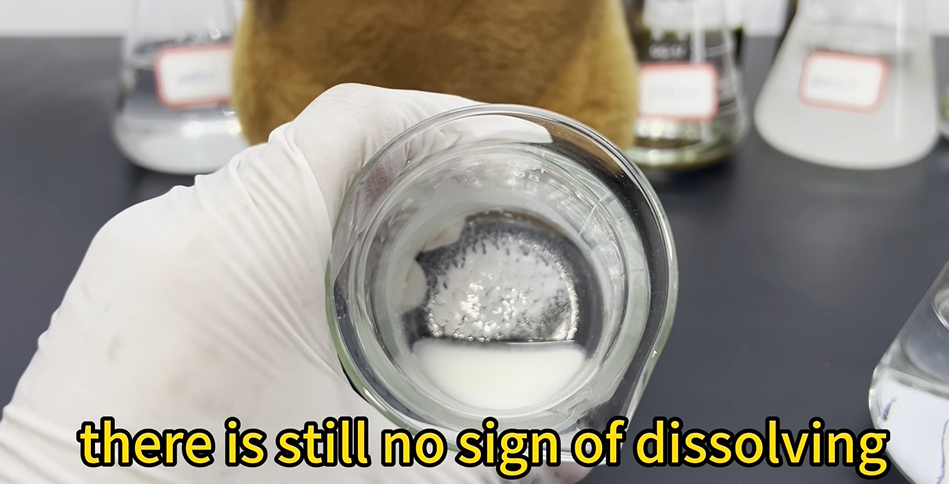
20 ml Ethanol Test:
Let’s see if anything changes with 20 ml of ethanol.
After adding the ethanol and stirring thoroughly, the solution remains milky with no visible improvement.
After letting it sit for a few minutes, the solution clearly separates into layers. The bottom layer consists of undissolved powder sediment, while the top layer is a clearer liquid. This clearly shows that ethanol is not a good solvent for MK-2866.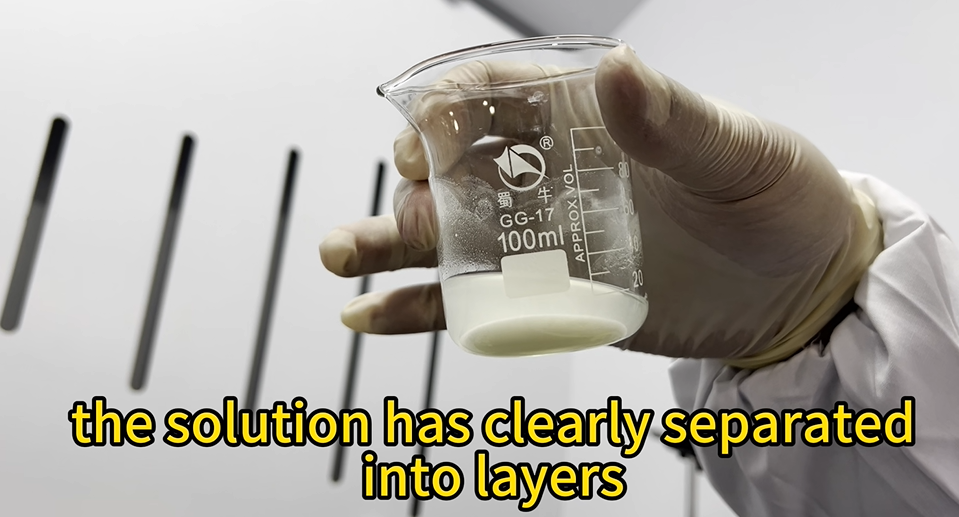
Analysis of Results
Poor Solubility:
Even with as much as 20 ml of ethanol and thorough stirring, MK-2866 fails to dissolve completely. The final separation into layers indicates that its solubility in ethanol is limited.
Milky Appearance Explained:
In tests with 1 to 5 ml of ethanol, the milky-white appearance likely results from fine MK-2866 particles suspended in the ethanol, forming a heterogeneous dispersion rather than a true solution.
Layer Separation Reasoning:
At 20 ml, the visible layer separation suggests that due to MK-2866’s poor solubility in ethanol, undissolved particles settle out while only a small portion remains suspended or dissolved.
Significance of the Experiment
This experiment clearly demonstrates that MK-2866 has poor solubility in ethanol. These findings are highly relevant for its formulation and usage:
Limitations in Formulation Development:
Ethanol alone is not capable of fully dissolving MK-2866, which limits its application in high-concentration oral or injectable formulations.
Solvent Selection Recommendations:
To improve dissolution, consider combining ethanol with other solvents such as DMSO or PEG-based carriers, or incorporating solubilizing agents like surfactants to enhance solubility.
